Coronavirus revives interest in suburban life
Before they were the butt of snide jokes, the suburbs were a refuge from sick cities. COVID-19 has triggered a reappraisal — and a fresh stampede
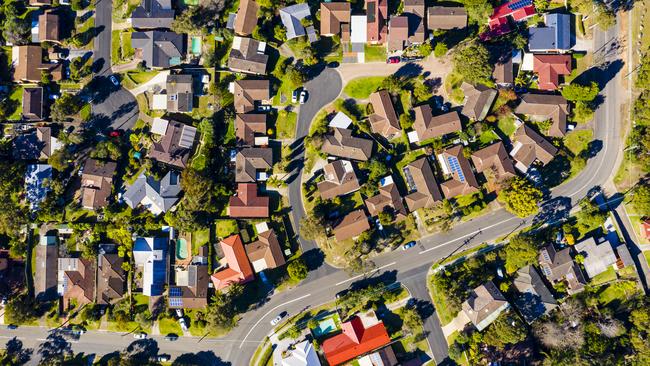
I was brought up quadruply locked down in suburbia. It was not quite anywhere — a suburb of Bolton and Bury, northwest England, which, in turn, were suburbs of Manchester, and that, I later discoverd, was a suburb of London.
My boyhood burb, was a landscape of fields, ponds and rows of houses. There weren’t many people and they all knew who I was and, with eyes either concerned or malevolent, watched over me.
Much later I was to hear Lou Reed sing of “The city, where everything seems so dirty . . . Remember that you’re just one more person who’s there”.
The urban activist Jane Jacobs wrote: “Cities are, by definition, full of strangers.” Both for Jacobs and for me this was a good thing. In my heart and in the world, the city defeated the suburb. It was just the groovier, the faster, the slicker place to be. City life was life as it should be lived. There was a dark heroism about being unwatched.
And the city became even groovier and faster in the 21st century. The US demographer William Frey called the past 10 years “the decade of the city”. We knew exactly what he meant — never being more than 20 yards from a Java chip Frappuccino or a chugger (charity mugger), being served by Uber, Deliveroo and Amazon Fresh, consuming limitless films, gigs and shows, shopping till we dropped, hot-desking in glass towers. We knew this must be paradise. Until now.
COVID-19 — the new companion which, I suspect, will always be with us in one form or another — has suddenly exposed the city and its temptations as a deathtrap. We wear masks, we swerve away from each other, we cannot mix and mingle, we fear public transport and, even when these things become possible again, they will be tainted. One of the great, happy-clappy myths of the pandemic is that it has brought us together; on the contrary, it has driven us apart. As a result, the burb is back.
As COVID-19 raged outside, city-dwellers looked out at the empty locked-down streets from the windows of their gardenless flats at the now lethal buses, trams and Tubes. In America, the academic Ian Bogost observes that mass transit that had seemed like a public service now looked “more like a rolling Petri dish”.
“Meanwhile,” he adds, “suburbanites have protected their families amid the solace of sprawling homes on large, private plots, separated from the neighbours, and reachable only by the safety of private cars. Sheltered from the virus in their many bedrooms, they sleep soundly, dreaming the American dream with new confidence.”
The message is just beginning to sink in. Real estate agents reports a big recent increase in interest in suburban properties. COVID-19 has also doubled the commuting time people are ready to accept. Out-of-city buyers used to say no more than an hour; now they will accept two hours. Why? Because working from home has become the new normal and many buyers expect to have to commute only once or twice a week. So much for those glass towers. Tear ‘em down, I say.
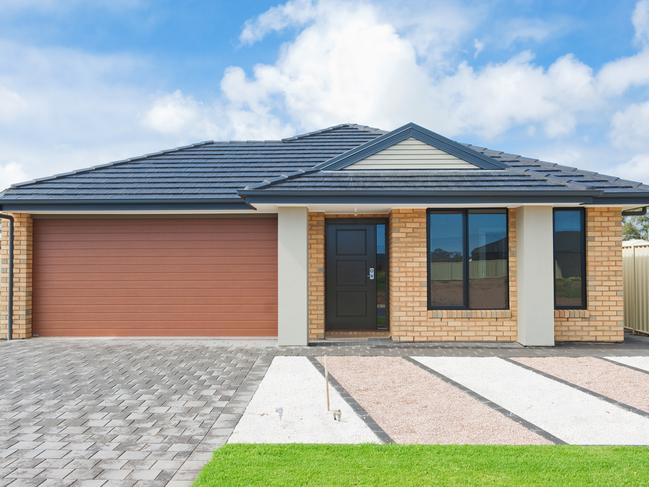
Changing work patterns will be crucial. A survey for Britain’s Business Clean Air Taskforce found that nine of out 10 of us who had worked at home during the lockdown would, at least in part, continue to do so. Respondents talked of “reductions in stress, avoiding rush-hour commuting and more time with loved ones”. This sentiment, combined with the technology that makes homeworking possible, undermines a key justification of the city — proximity to co-workers — and thereby increases the allure of the suburbs.
So disease is, once again, driving people out of cities. The suburbs were created by disease. In the 19th century the working class left the land for factory jobs in cities. Urban populations swelled. Sewage systems were poor or non-existent and horses filled the streets — something like 50,000 in London depositing 500 tons of excrement a day. In 1894 The Times estimated that in 50 years the whole city would be 3m deep in the stuff. If you think COVID-19 is bad, go back in time to London in the late 1800s.
Suburbs, meanwhile, sold themselves as havens of health. “The healthiest place in the world,” ran a developer’s ad for the west London suburb of Bedford Park, “annual death rate under six per thousand.” Prevailing winds come from the west so the airborne urban grime would be dumped on the East End, far away from the gates and gardens of the bourgeoisie.
From the 1930s onwards it became respectable to trash the suburbs. Graham Greene, who was born and raised in the classic commuter belt town of Berkhamsted, was disgusted by the suburban sprawl — “something worse than the meanness of poverty, the meanness of spirit” — and George Orwell was revolted by “the long, long rows of little semi-detached houses”. “God!” cried the poet Hilaire Belloc. “The dreadful things that people dwell within.”
Then, in 1961, Jacobs’s book The Death and Life of Great American Cities gave intellectual credibility to the move back to the cities. She argued that the naturally evolving coarse grain of the urban neighbourhood was infinitely superior to planned regimentation.
That painted a target on the suburbs’ backs. The haters piled in. Jonathan Miller spoke of Margaret Thatcher’s “odious suburban gentility” and the architecture critic Ian Nairn wrote: “This death by slow decay is called subtopia.” The novelist JG Ballard — himself a resident of suburban Shepperton — predicted a future that would be a “vast, conforming suburb of the soul”. Rap and rock musicians celebrated the authenticity of the ‘hood and dissed the inhibitions of the burbs.
On television the suburban mindset was cruelly lampooned in the characters of Hyacinth Bucket — “It’s pronounced ‘bouquet’” — in Keeping Up Appearances and the humourless Margo Leadbetter in Surbiton-set The Good Life. The gated pettiness of these characters could not, it seemed, survive in the jostling seriousness of the city.
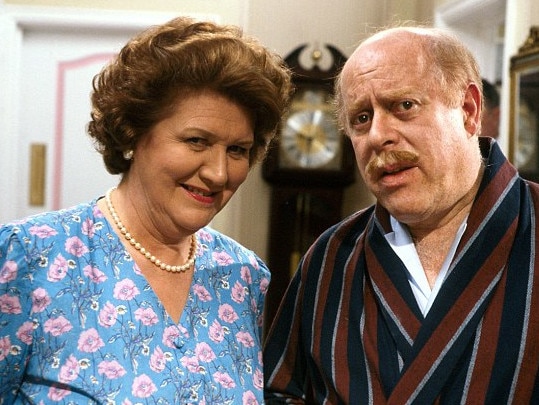
Worse was yet to come. The suburbs, it turned out, were not just wastelands of the spirit; they were enemies of the planet. They increased carbon emissions by prolonging driving times — suburban sprawl in America increased average household mileage by 60 per cent — and by invading the wilderness. Cities were much more efficient. The Harvard economist Edward Glaeser argued that if people wanted to save the planet, they should move from the suburbs to the city and stop defiling the landscape with bungalows, gardens and golf courses. For millennials and their kin the city had never seemed so pretty.
This was not quite what it seemed. Watch Kirstie Allsopp and Phil Spencer in their Channel 4 property-search series Location, Location, Location. Their usually young home-seekers tend to be priced out of city centres so they end looking in the suburbs.
But these have become suburbs masquerading as neighbourhoods, with their coffee shops, yoga studios and gastropubs. This is now “hipsturbia”, where the city suits mix with the topknots. Away from these mini centres, it’s just an old, usually Victorian or Edwardian, suburb. It used to be said that the cities had annexed the suburbs, but perhaps the reverse is true.
Perhaps all domestic and work functions are being exported to the suburbs. Meetings can be virtualised and, afterwards, you can go for a run, take your children to the park, walk the dog or have lunch among people you know. It’s a better life, a good life, a healthy life.
COVID-19 has loosened the grip of the city on our imagination. Now it looks not only dangerous but also increasingly unnecessary. I, like almost everybody I know, am OK with this. I miss that landscape of fields, ponds and rows of houses. I miss even those twitching curtains, those eyes, caring or malevolent.
Being darkly and heroically unnoticed has its limitations; quietly watching the seasons change, listening to the birdsong and knowing who your neighbours are doesn’t.
The Sunday Times

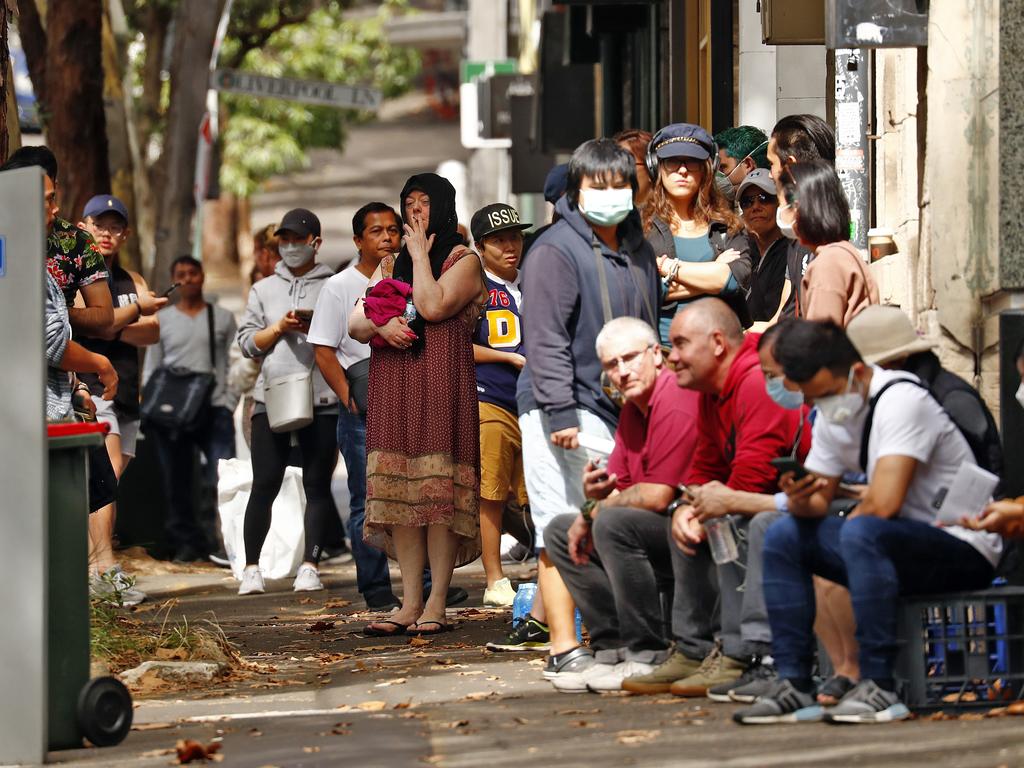
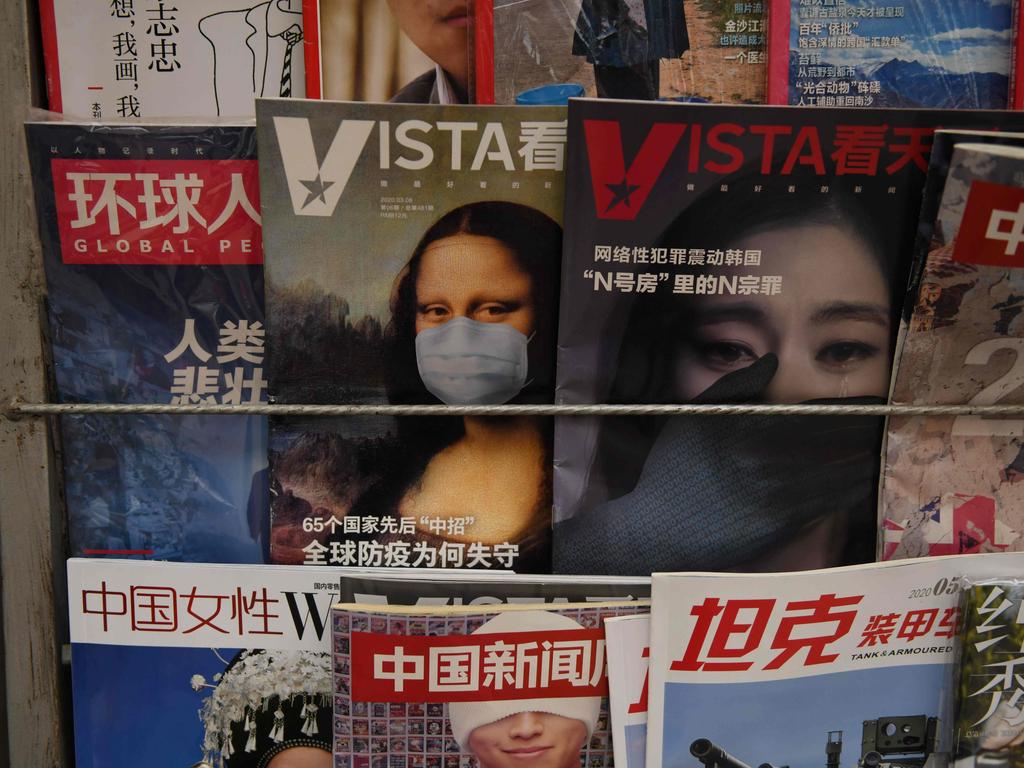
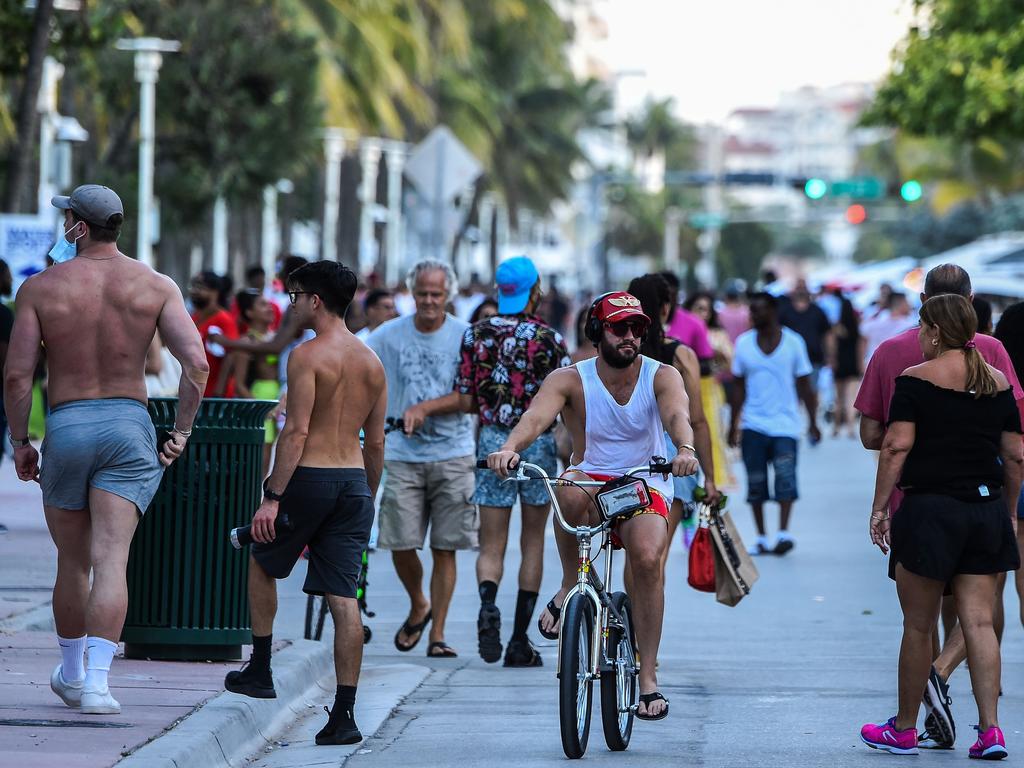
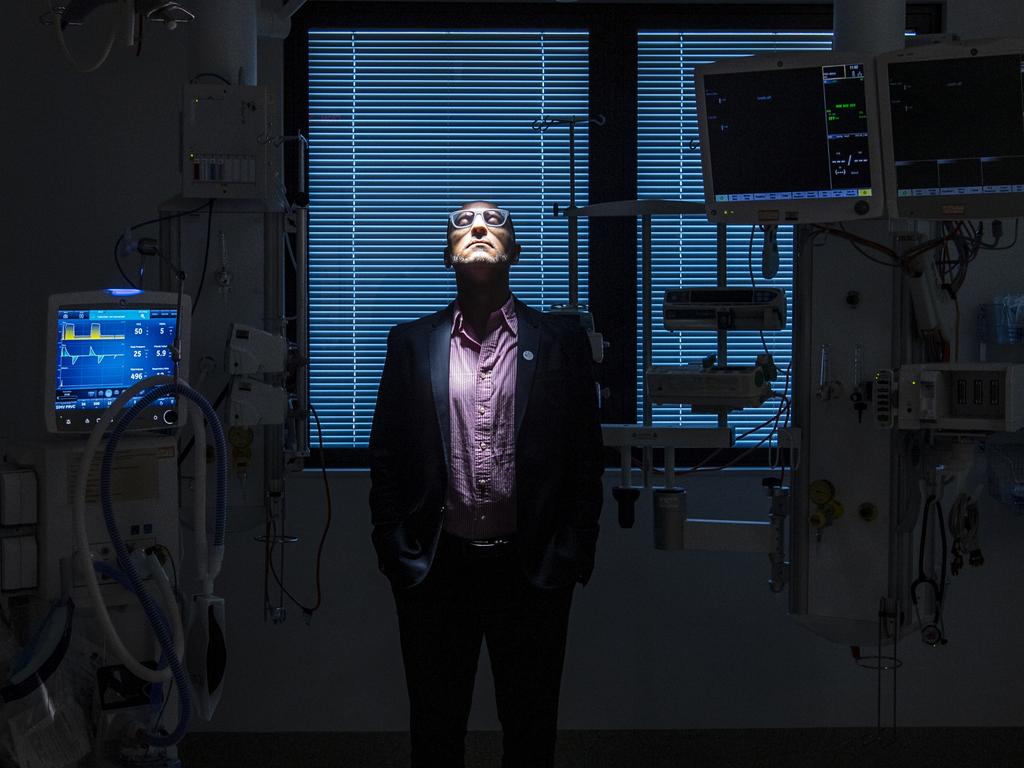


To join the conversation, please log in. Don't have an account? Register
Join the conversation, you are commenting as Logout